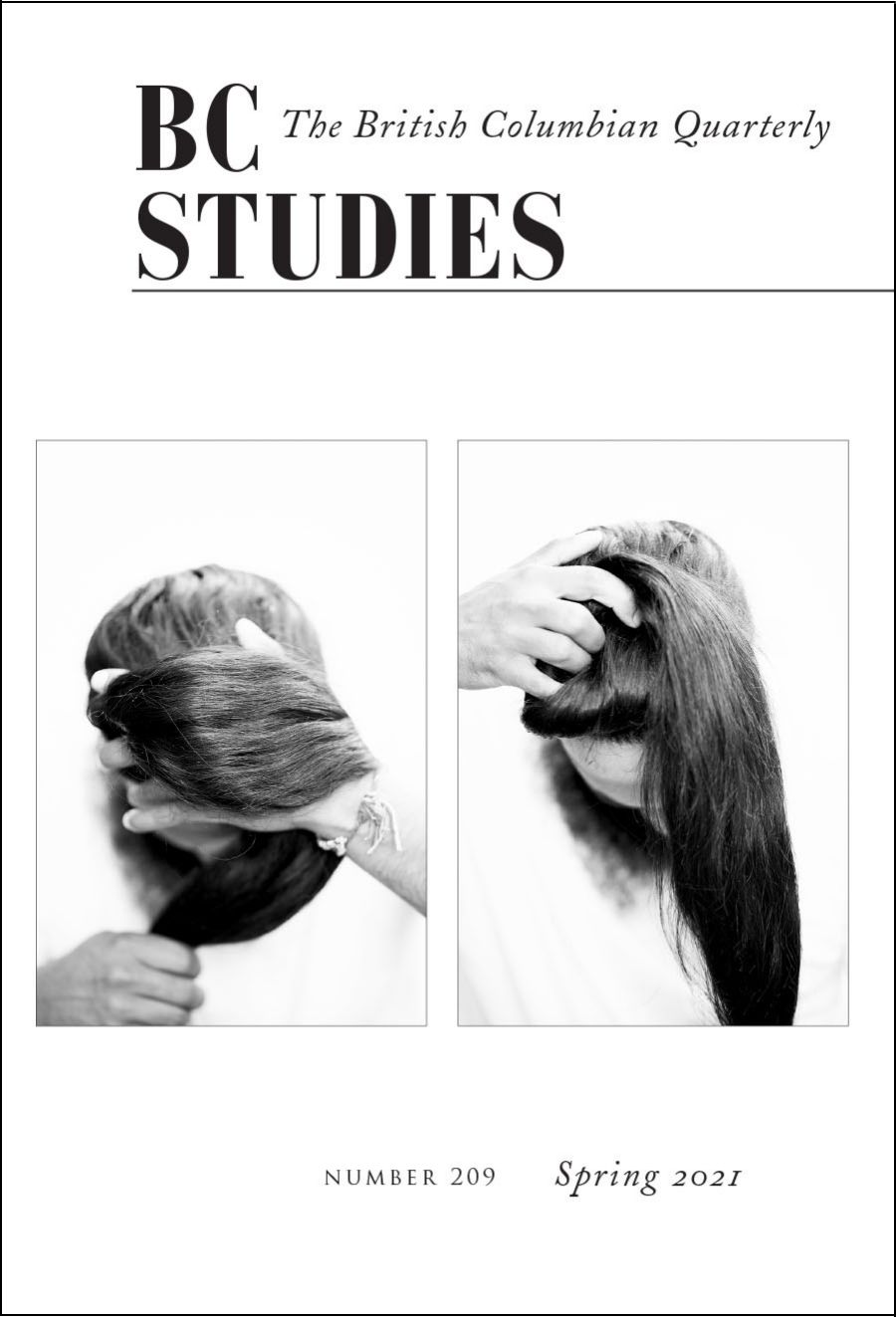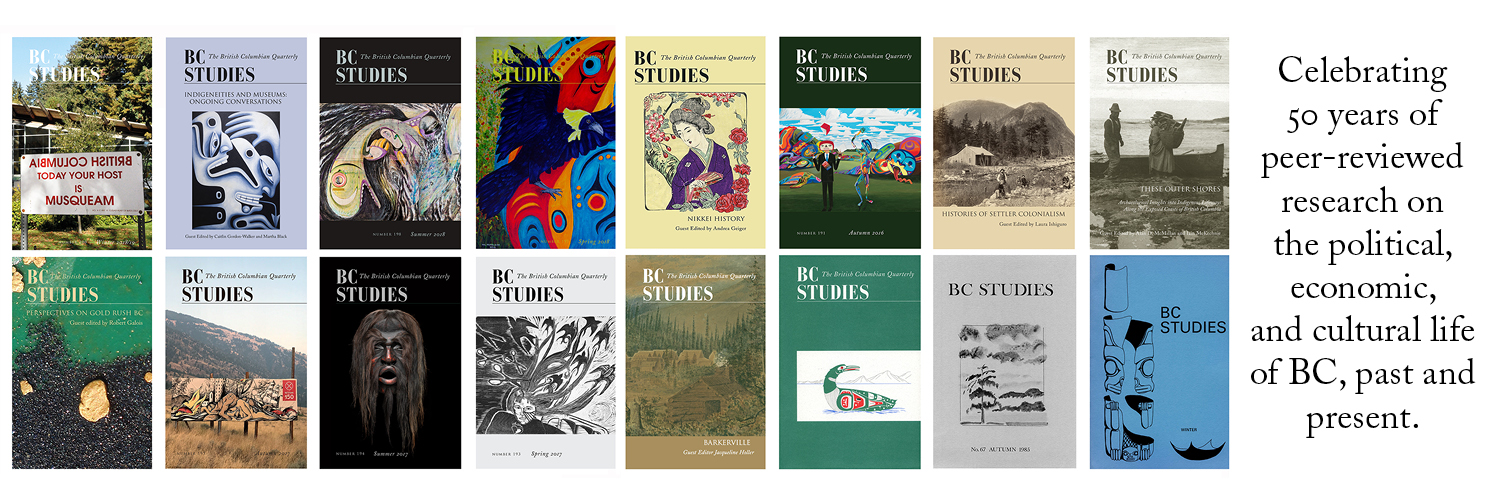Making Métis Places in British Columbia: The Edge of the Métis National Homeland
DOI:
https://doi.org/10.14288/bcs.vi209.193712Keywords:
demography, land settlement, MetisAbstract
Traditional territories and the connection that peoples have sustained to these areas are integral to cultural resilience, but for Métis, as post-contact Indigenous peoples who, as a result of colonial expansion, have been historically displaced and relocated to British Columbia through several waves of mobility, relationships to place are complex. Complicating factors include disrupted relations to the Métis Nation’s historic homeland and the denial of a Métis historic existence in British Columbia, an area where First Nations have long-standing and overlapping claims to traditional territories. Conceiving of places and peoples as mutually constituted, this article examines contemporary Métis identity in British Columbia as informed by place, being the contextual basis upon which identity is formed and expressed. Simultaneously, the study demonstrates that Métis peoples are place-making in British Columbia, transposing kin, community relations, and cultural practices into new places. Though demonstrating the resilience of Métis culture, this transposition occurs in already Indigenous places and, problematically, at times with little accountability to the First Nations people on whose lands Métis peoples reside.



